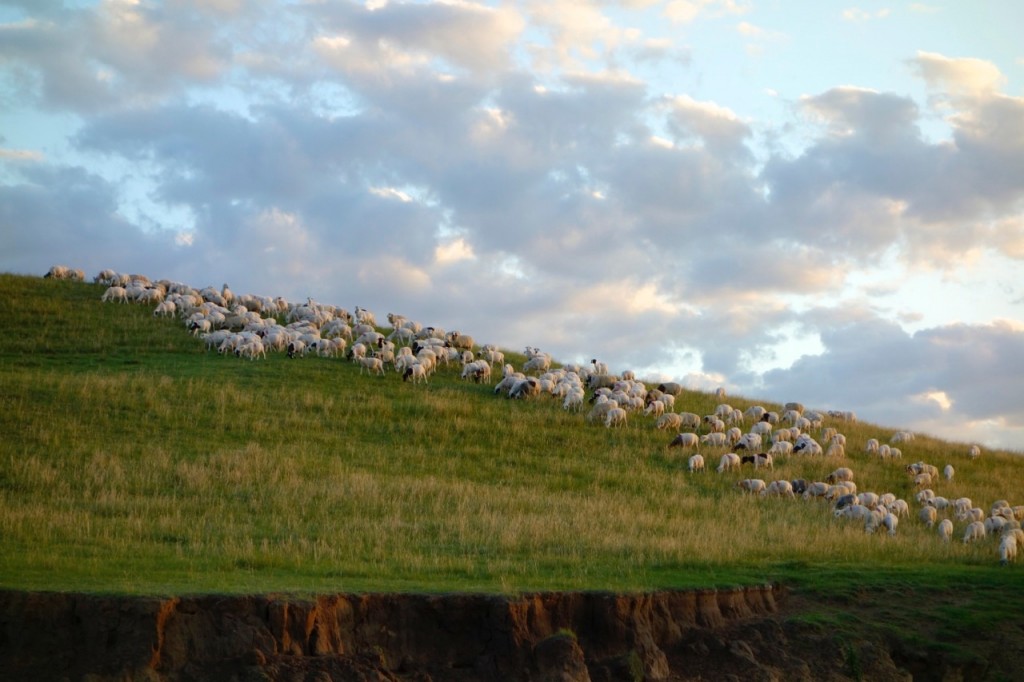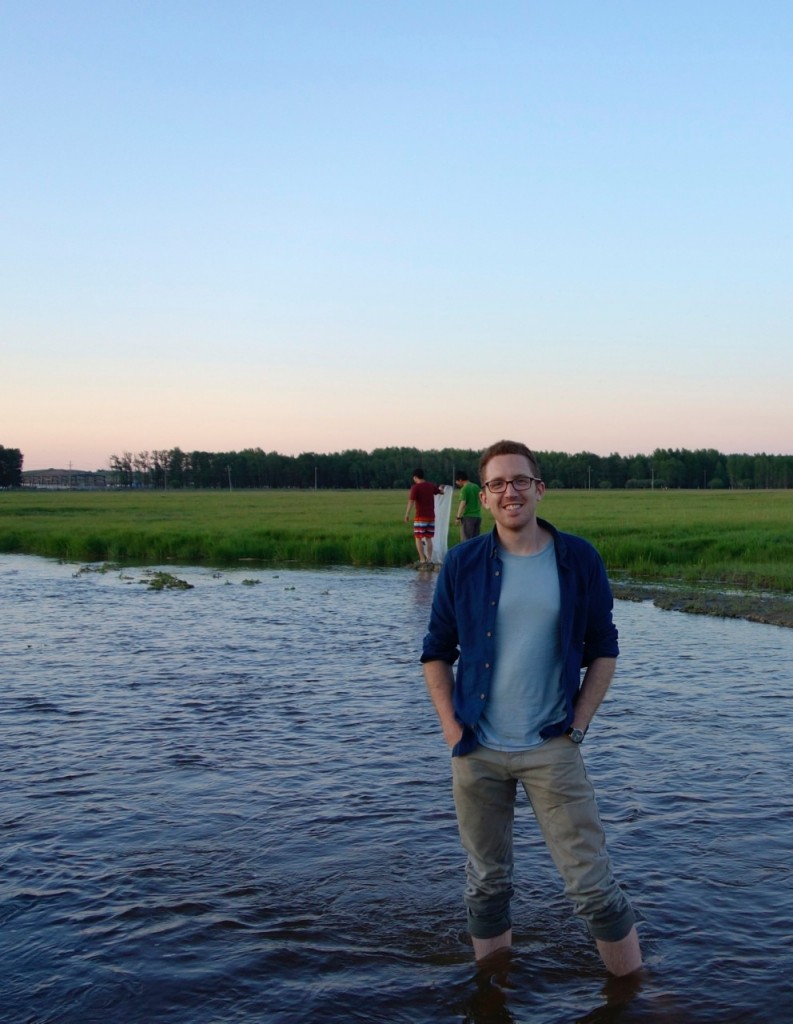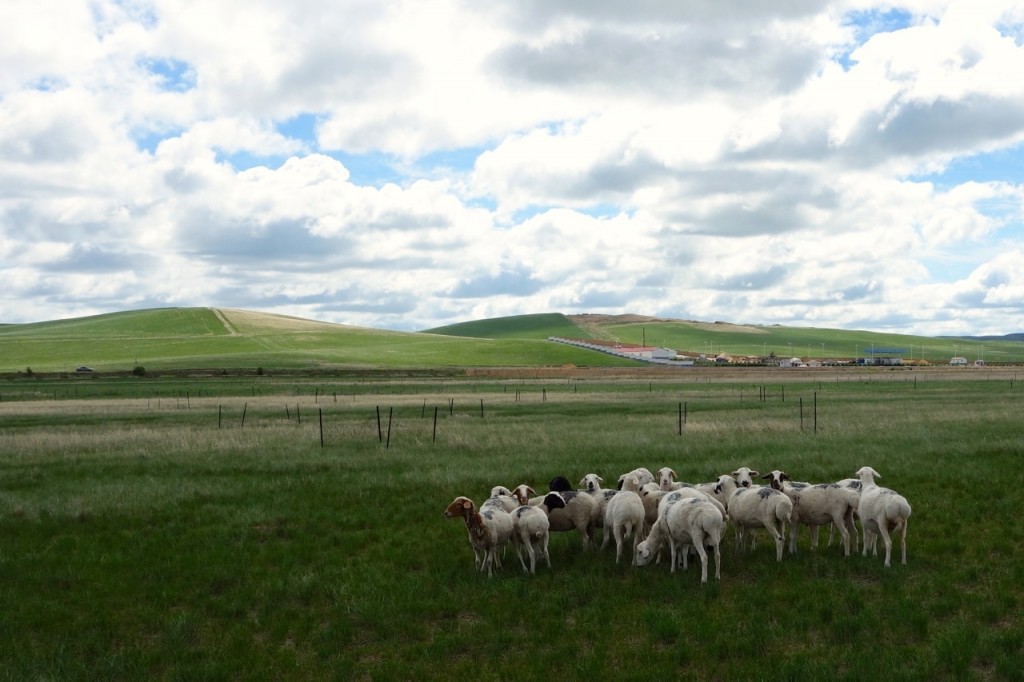Between the Gobi desert and the North China Plain is a transition zone of vast, rolling grassland known as the Inner Mongolian steppe, part of the largest grassland in the world. The area, long used as pastureland by nomadic herders, is experiencing desertification at a troubling rate. Desertification–a process resulting in part due to losses in ground cover and leading to declining soil fertility–is due in part to a shift in land management practices towards more intensive grazing strategies. Over the long-term, the Gobi desert will continue to encroach, resulting in widespread loss of fertile pastureland in the region.

Grassland degradation also poses a second, more immediate problem. This particular region of Inner Mongolia has large portions of the locust Oedaleus asiaticus, a major pest of grasses and food crops. As the grassland degrades due to unsustainable grazing practices, the protein content of grasses declines to a low level, increasing the risk of a locust outbreak. During outbreaks, these locusts form large migratory swarms which can cause widespread damage to food crops, threatening food security in areas far from the point of origin. Climate models predict a wetter future for Inner Mongolia, anywhere between 2-26% wetter depending on the climate model and scenario. But even more drastic than the increase in volume will be the change in how that precipitation will fall. Climate models predict a decrease in light rain events accompanied by a sizable uptick in the heaviest types of rain events–the amount of water delivered by these very heavy rain events are expected to more than double by 2080. It is with this in mind that I am in Inner Mongolia. This summer I will be collecting data with the goal of understanding how changes to the precipitation regime might interact with livestock grazing decisions to affect land degradation and locust outbreak risks.

I am currently four weeks into my stay in China and two weeks into my field work. During this time I have come to appreciate just how tough it is to conduct research in a country with different languages and cultural expectations. Beijing made for a soft introduction, and with its developed infrastructure and bilingual signs, one could be largely self-sufficient. But these conveniences are readily lost when attempting field work in rural areas. Only having a tenuous grasp of the language, accepting other people’s help has been invaluable, if not outright necessary.
Every trip to my field site requires arranging for a ride on the tractor of a local teenager. Particularly challenging was finding fencing materials to restrict sheep from entering the plots. Perhaps it goes without saying, but there is no analog of an American-style hardware store here. Instead, finding the correct vendor required local knowledge to navigate us an hours drive to the edge of Xilin Hot, the nearest city. There in an alleyway inside of an open-air shed was a machine churning out spools of wire fencing available for purchase.
Without on-ground support from my host and adviser, there is no chance the project could have come together so successfully. Time spent finding materials, collecting data, and dodging thunderstorms has not left many opportunities for exploration. Even so, as I type out this entry on my phone, a glance out my window is a study in contrasts. To the south, behind a foreground of grazing sheep, a hill is being strip-mined for coal. The coal sits in pyramids, routinely retrieved by large trucks, and the area is floodlit at night as work continues. To the east is a large region of sand dunes in the midst of an otherwise fertile grassland.

Four weeks remain at the station here, and then it is back to Beijing. Those weeks will no doubt bring their share of challenges. I can hardly predict what all those challenges might be, but soaked feet and awkward mutually unintelligible conversations will likely be among them. I will be sure to let you know.
Edited by David Gonzalez